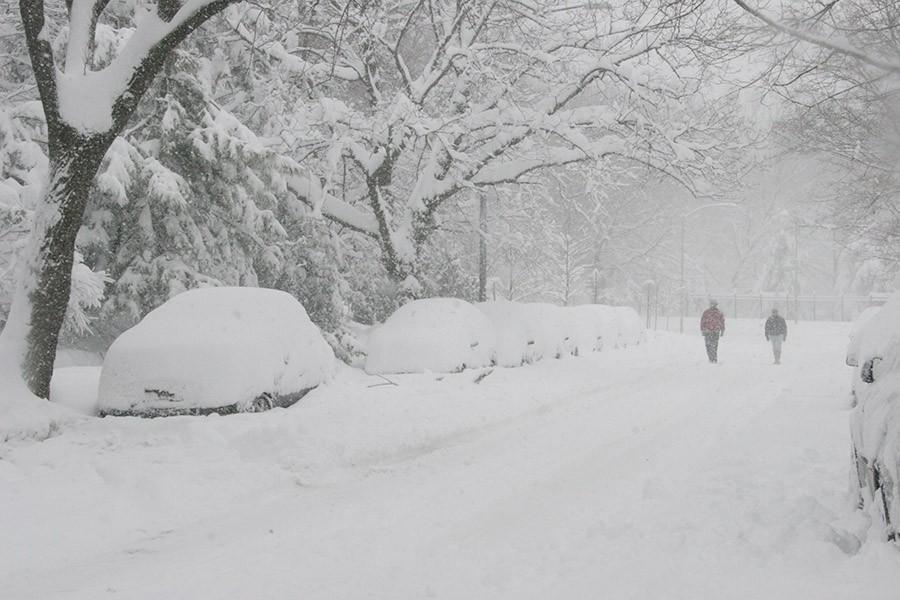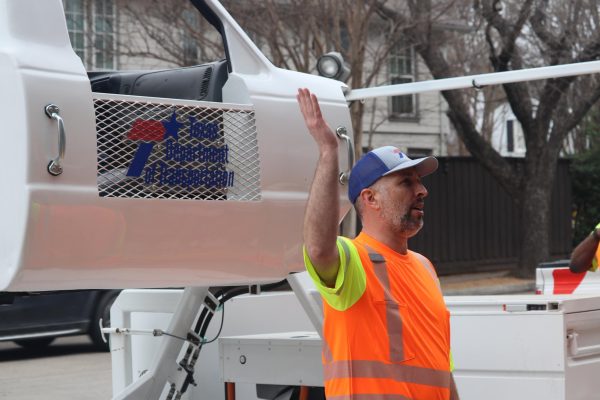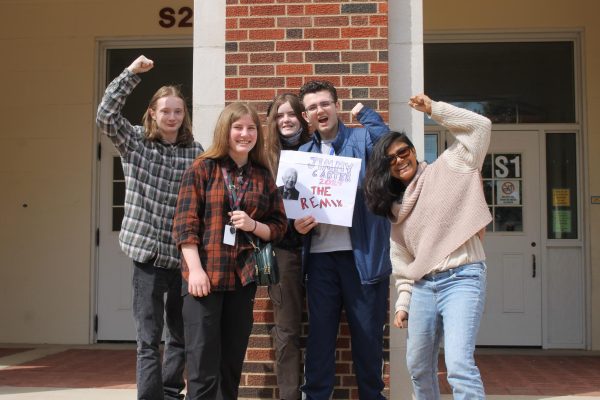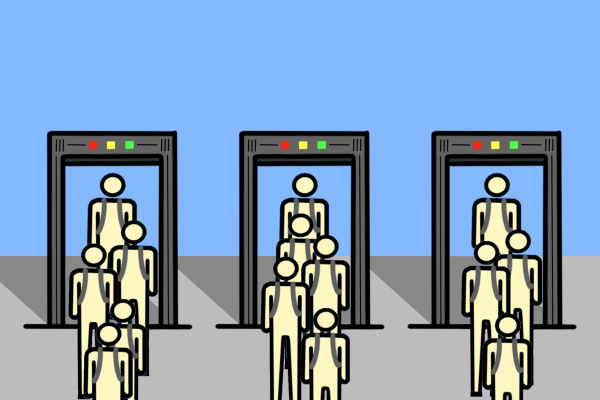Winter storm slows much of East Coast to a halt
Batman isn’t the only one that has to worry about Mr. Freeze
Before mid-January, Winter 2016 looked like it was going to be mild across the East Coast. Snowfall was below average, and the previous month had shattered records as the warmest December on record. However, this calm weather abruptly changed on Jan 22, when Winter Storm Jonas slammed into the Eastern Seaboard. Before the storm, snowfall forecasts varied, with some predicting less than four inches of snow. Many people didn’t take snowfall forecasts seriously, remembering previous years when predicted snowfall failed to materialize. Last year, the New York subway system was shut down for the first time in history in anticipation of a record-breaking blizzard. The blizzard missed the city entirely, leading people to believe that forecasts were inaccurate.
For Winter Storm Jonas, forecast estimates were, if anything, slightly low. New York City recorded its second biggest snowfall in history during the storm, with Central Park receiving 26.8 inches. Washington D.C. received 17.8 inches, and a complete travel ban was implemented in both cities. The hardest hit areas were in West Virginia, with some areas receiving 3.5 feet of snow. At least 27 people were killed as a result of the storm, most in traffic-related accidents. As of Monday morning, over 2,500 flights had been cancelled, and air travel around the nation was crippled by the closure of several large airports.
Not all of the impacts from the storm were snow related. Wind gusts in New Jersey were in excess of 60 miles an hour. Sustained high winds drove ocean water into costal cities, flooding homes and businesses. In some spots, the water rose higher than during Hurricane Sandy, exposing flaws in the seawalls designed to prevent flooding. Many people didn’t expect such intense flooding, and some had to be rescued from the rising waters.
Skies rapidly cleared after the blizzard, and many areas are beginning to recover. By Monday morning, New York City was mostly back to normal, with streets plowed and people going back to work. Washington D.C. was slower in recovering, with a travel ban still in effect and schools closed as of Monday. For many isolated areas and those flooded with water, the recovery process will take much longer and involved millions of dollars in insurance claims. For residents of the affected areas, the only things left to do are dig out, evaluate the damage, and hope for milder weather.














